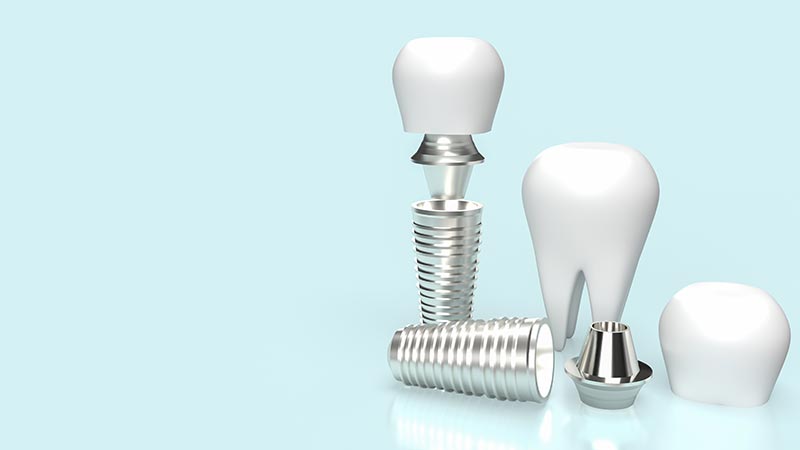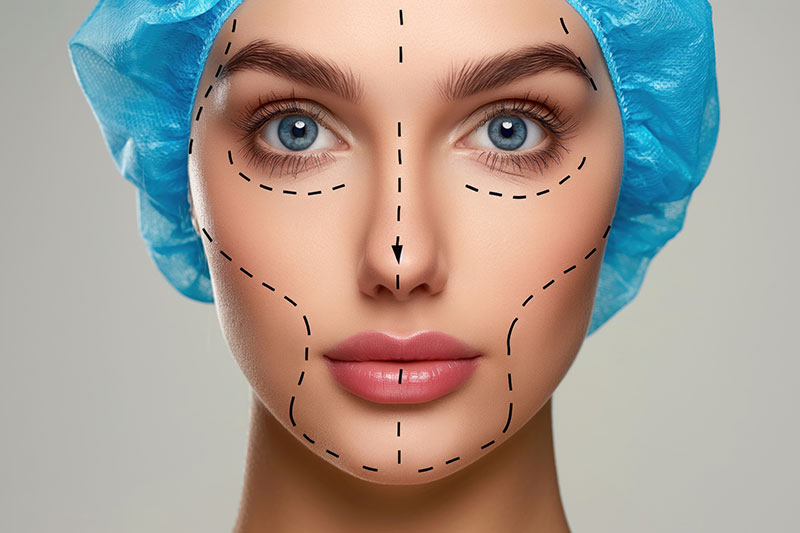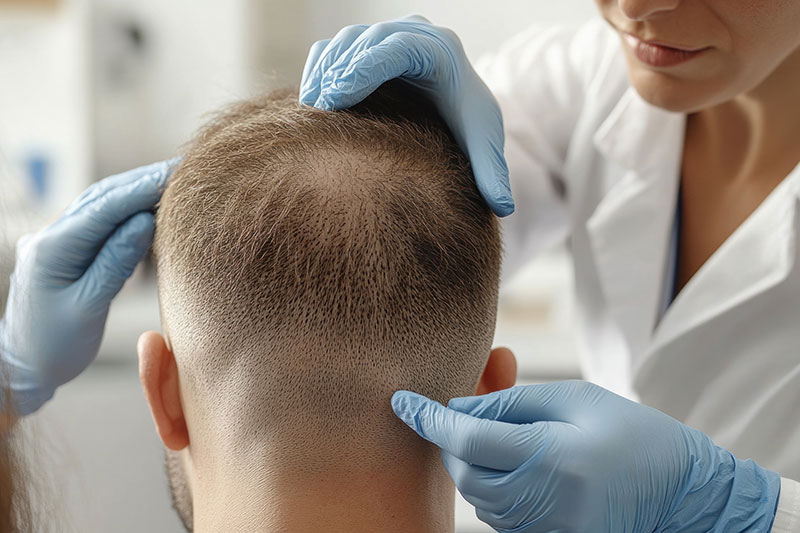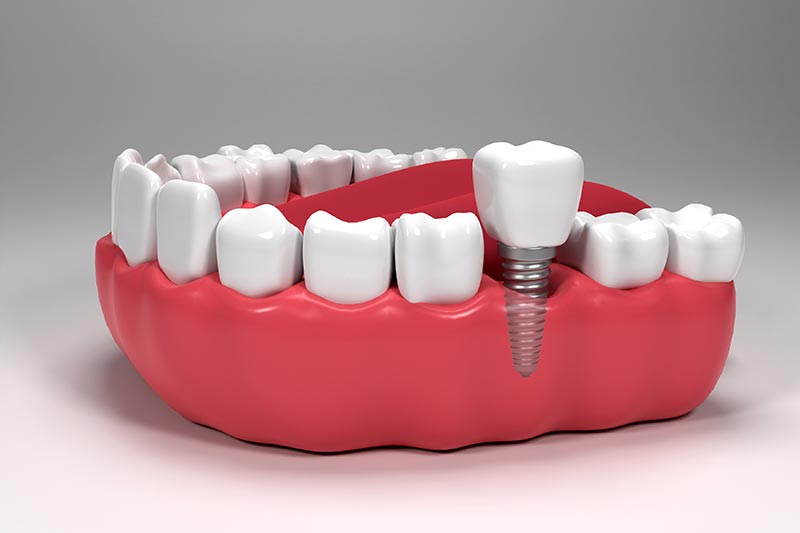Definition and meaning of aesthetic nose surgery
Aesthetic rhinoplasty is a surgical procedure performed to improve the appearance of the nose. The aim of these surgeries is to change the size, shape and angle of the nose to adapt it to the person’s facial features.
Important points
- Visual balance and proportions: The result is an aesthetically pleasing nose that is compatible with other facial lines.
- Increasing self-confidence: Those who are satisfied with their appearance gain self-confidence.
- Functional arrangements: It also offers health benefits by eliminating respiratory problems.
- Individual adaptation: Each operation is individually tailored to the needs and wishes of the individual.
- Permanent results: Operations performed with appropriate technology and experienced surgeons ensure lasting results.
Aesthetic nose surgery is an important surgical procedure that is not only limited to visual problems but also improves the patient’s overall quality of life.
Who is it suitable for? Aesthetic and functional requirements
Those who need aesthetic and functional nose surgery can be assessed based on the following criteria:
- Respiratory problems: Those who have breathing problems such as nasal congestion and deviations.
- Nasal deformities: Those who have aesthetic concerns about the external appearance of the nose.
- Experienced trauma: Those whose nasal structure has deteriorated as a result of an accident or impact.
- Aesthetic demands: Those who think their nose is disproportionate to their face.
- Previous operations: Those who have already undergone nose surgery but are not satisfied with the result.
- Genetic factors: People with inherited anomalies of the nose shape.
Doctors evaluate whether surgery is appropriate, taking into account the patient’s expectations and health status.
Preoperative assessment: consultation and planning
The preoperative assessment process includes a detailed discussion between patient and doctor. The following points should be considered in this process:
- Medical history: The patient’s general health, chronic diseases and medication use.
- Physical examination: Examination of physical characteristics such as nose structure, skin thickness and breathing problems.
- Discuss expectations: The patient’s expectations and wishes for the operation are evaluated.
- Radiological examinations: If necessary, a more detailed examination of the nasal structure is carried out.
- Preparations before the operation: Information on smoking, blood thinners and other risk factors.
All these steps are carefully carried out to plan the operation and minimize possible risks.
Methods used today: Open and closed rhinoplasty
Rhinoplasty is performed using the two most commonly preferred basic methods in the field of nasal aesthetics: open and closed rhinoplasty.
- Open rhinoplasty:
- The procedure is performed through an incision in the upper part between the nostrils.
- Increases the surgeon’s field of view.
- It is effective in correcting complex deformities.
- The healing process may take longer.
- Closed rhinoplasty:
- Incisions are made inside the nose.
- The risk of scar formation is minimal.
- Provides a faster healing process.
- Offers limited visibility, surgeon experience is important.
Both methods are based on the needs of the patient and are adapted to the respective situation.
Surgical techniques: How are they used?
In rhinoplasty, surgeons achieve excellent results using various techniques. Commonly used techniques are listed below:
- Closed rhinoplasty: It is performed through incisions in the nostrils. It is a method that leaves no trace.
- Open rhinoplasty: The application is carried out through an incision under the skin between the nostrils. Preferably for more complex deformities.
- Septum correction: This is a procedure to correct curvatures of the nasal septum.
- Nasal tip correction: This is a technique for shaping the tip of the nose.
Surgeons plan and perform the operation by selecting one or a combination of these techniques according to the patient’s needs.
Anesthesia options and preparation process
The anesthesia options for aesthetic nose surgery include local anesthesia and general anesthesia. The appropriate anesthesia method is determined based on the patient’s condition and the surgeon’s assessment.
Local anesthesia:
- The procedure is only performed in the nose area.
- The patient is awake during surgery.
General anesthesia:
- The patient is fully anesthetized.
- Preferred for long and complex operations.
Preparation phase:
- The patient’s health status and medical history are evaluated.
- Blood tests and necessary examinations are carried out.
- Smoking and alcohol consumption are stopped before surgery.
- The patient receives instructions before and after the operation.
Postoperative phase: healing process and things to consider:
The recovery process after aesthetic rhinoplasty is crucial. There are some important points that patients should pay attention to in the postoperative period:
- Rest and movement restrictions: Heavy physical activities should be avoided during the first week.
- Keep your head elevated: Elevating your head while lying down can help reduce edema and swelling.
- Taking medication regularly: It is important to take painkillers and antibiotics prescribed by your doctor regularly.
- Nutrition: A healthy and balanced diet accelerates the healing process.
- Check-ups: Medical check-ups should be carried out at specified intervals.
- Cigarette and alcohol use: Cigarette and alcohol use can have a negative effect on the healing process and should therefore be avoided.
With these precautions, the healing process can be easier and smoother.
Aesthetic results and patient satisfaction
Aesthetic nose surgery offers many important benefits to patients. The following factors influence the results and patient satisfaction of aesthetic nose surgery offered in lateral rhinoplasty clinics:
- Natural look: The natural appearance of the nose at the end of the operation increases patient satisfaction.
- Functional Recovery: Eliminating breathing difficulties has a positive effect on the success of the operation and satisfaction.
- Higher self-confidence: By improving their appearance, patients feel better psychologically.
- Low complication rate: Minimizing the risk of complications is critical to patient satisfaction.
To maximize patient satisfaction, it is important to provide the patient with detailed information before and after surgery and to properly manage their expectations.
Complications and Risk Management
Like any surgical procedure, aesthetic nose surgery carries some risks and complications. It is important to prevent and treat these complications.
- Bleeding: After surgery, there is a risk of uncontrolled bleeding. The necessary precautions should be taken to minimize bleeding.
- Infections: There is a risk of infection of the surgical area. Sterilization procedures should be carried out carefully.
- Anesthesia effects: Anaesthesia-related complications can occur. The patient should be examined for anesthesia sensitivity beforehand.
- Swelling and bruising: Swelling and bruising that may occur after surgery are normal, but should be controlled with appropriate cold application and care.
- Asymmetry: An undesirable asymmetry of the nasal structure may occur. The surgeon’s experience reduces this risk.
- Breathing problems: Breathing difficulties can occur due to changes in the internal structures of the nose. Functional assessment is important.
The experience of the surgeon and the equipment of the clinic are of great importance for managing these complications and reducing risks.
Age limits and timing: What is the right time?
Aesthetic nose surgeries are performed according to personal wishes and medical requirements.
Altersgrenzen
- Young age group: Rhinoplasty is generally not recommended for people under 18 years of age, as nose development is not yet complete.
- Adult: Once the nose development is complete, it is generally considered suitable for people aged 18 and over.
Timing
- Right time: When the patient is physically and emotionally ready.
- Seasonal timing: Cold weather can have a positive effect on the postoperative recovery process.
“The most appropriate time for aesthetic nose surgery should be determined according to personal and medical needs.”
- It is important to get an expert’s opinion.
- When deciding on surgery, the patient’s general health should be taken into account.
Costs and insurance coverage: financial planning
Aesthetic nose surgery is a surgery that needs to be carefully planned in terms of cost. Costs can be influenced by a number of factors:
- Surgeons’ fees: The fees of specialists vary depending on experience and complexity of the operation.
- Hospital costs: The location and equipment of the clinic or hospital where the operation is performed can affect the costs.
- Anesthesia fees: The type of anesthesia and the duration of administration are also part of the costs.
- Additional costs: Additional costs such as tests, medications and follow-up appointments should also be taken into account.












